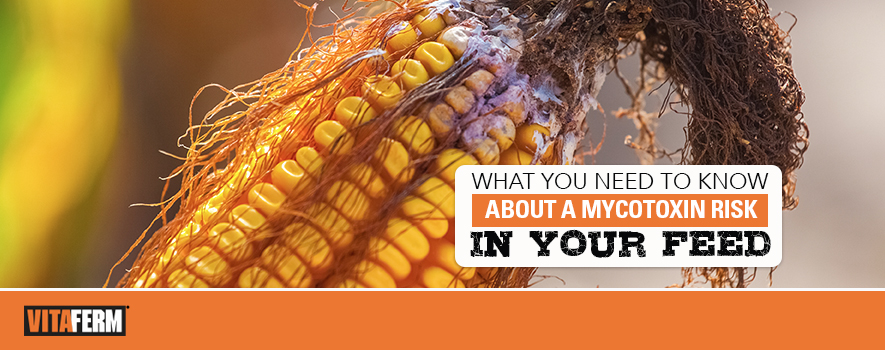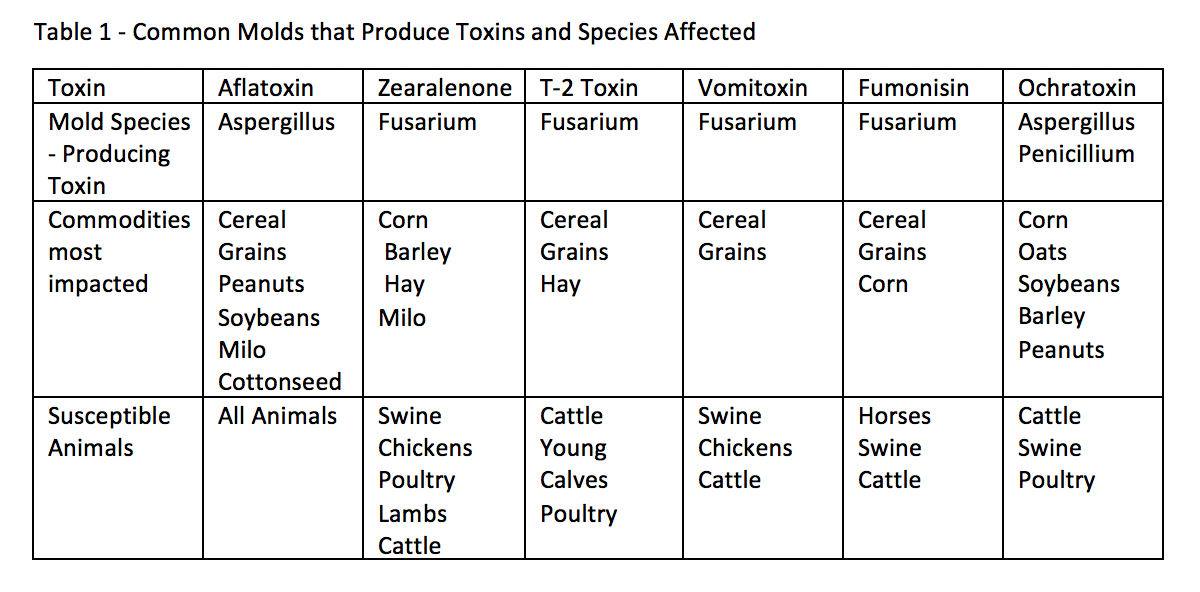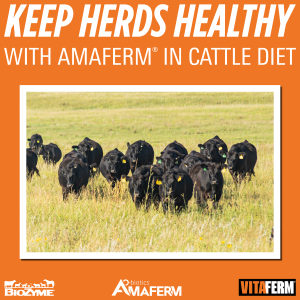
Due to a wet fall and delayed harvest in the Midwest, conditions have been ideal for mold growth. Therefore, mycotoxins will likely be an issue in many feeds and ingredients this year. Mycotoxins are a toxic, secondary metabolite produced by fungi/molds that result in undesirable performance when animals (or even humans for that matter) are exposed. Here is some useful information on what you need to know about mycotoxins and their impact on herd performance.
Table 1 outlines a list of common mycotoxins and the mold that produces them. Remember, not all molds produce toxins, and just because you have mold doesn’t mean that the mold always produces toxins. Also included in the chart is a list of commodities that are most frequently affected, as well as the animals that are most susceptible.

Common Symptoms
Elevated mycotoxin consumption in feed can result in reduced feed intake, reduced milk production (potentially by 15% or more), reduced fertility and increased incidence of stillborns, increased respiratory issues, decreased disease resistance, increased hemorrhagic bowel, vomiting, significant weight loss, kidney & liver damage, and even death are included in the list. Bottom line, mycotoxin toxicity has severe and detrimental effects on animal performance and overall herd profitability.
Control Methods
The simplest way to avoid the negative effects of mycotoxins is to avoid feeding moldy and mycotoxin contaminated feed ingredients. If that is not an option for your feeding program, dilution is often recommended along with working with a qualified nutritionist and/or veterinarian. Other control methods include adding mycotoxin binders such as aluminosilicate and bentonite to the ration, using mold inhibitors in dry feeds that contain 14% or more moisture, or ammoniation. Mycotoxin testing requires accurate and uniform sampling and is often unreliable because testing results can change (i.e. increase) as molds and mycotoxins continue to grow in storage.
If you need assistance with formulating rations around mycotoxins or ingredient testing please reach out to our nutrition team; we are happy to point you in the right direction to ensure your production goals are met.


